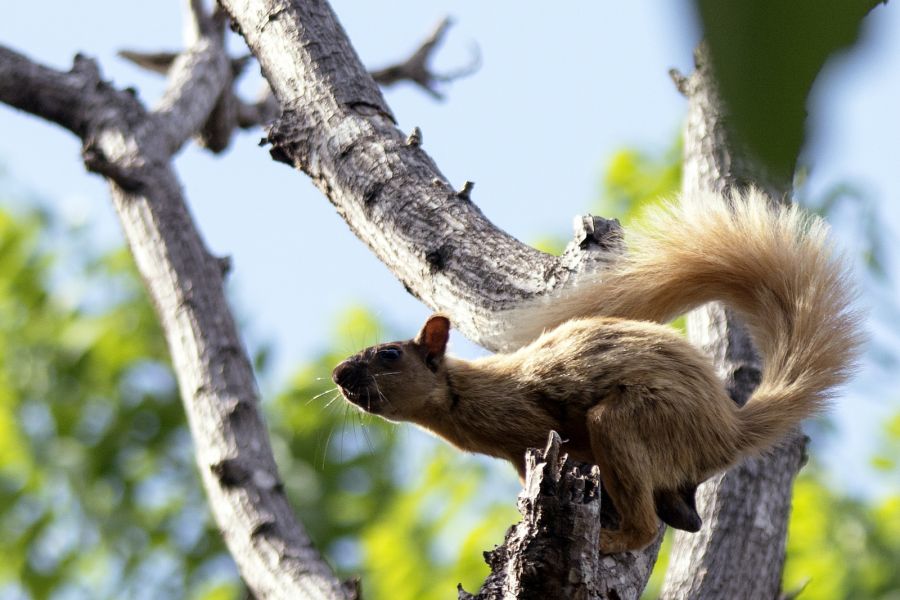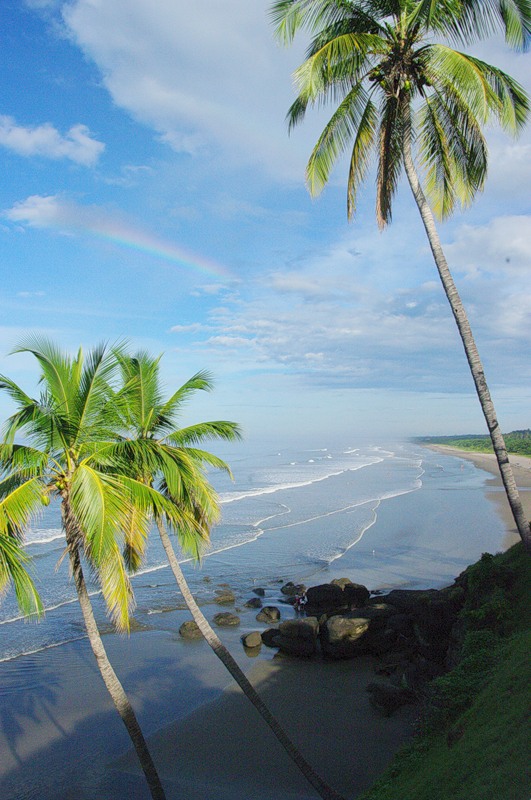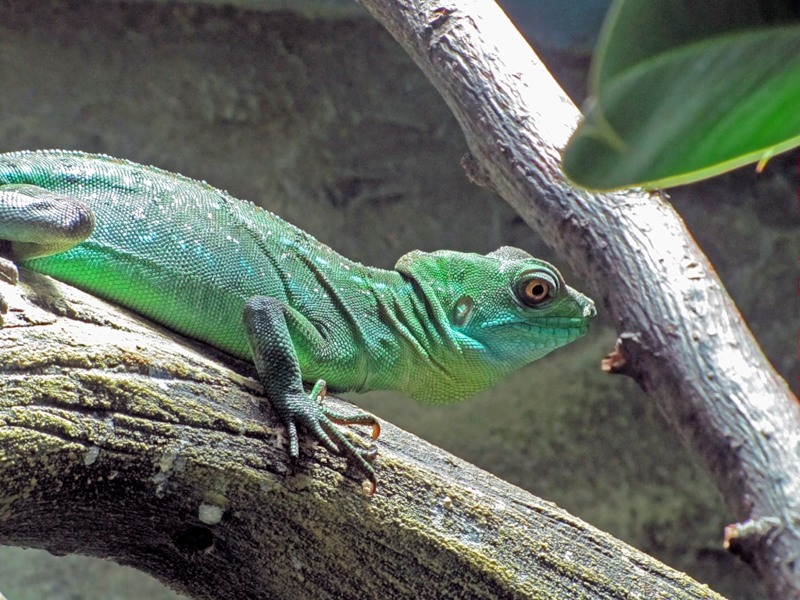NN3RP will be active again as YN2RP from Nicaragua, 12 July - 4 August 2025.
He wil be active on 40 - 10m CW, SSB, Digital modes and also on Satellites.
Recent DX Spots YN2RP
QSL via home call.
Ads for direct QSL:
RAFAEL A PENA, 740 Kenyon Street, N.W., Washington, DC 20010, USA.
Rafael is member of Potomac Valley Radio Club.
Nicaragua - the largest country in Central America
Nicaragua is the largest country in Central America. The country has access to the Pacific Ocean and the Caribbean Sea. The political system of Nicaragua is a presidential republic. There are several political parties in the country, including the Liberal Party, the Constitutional Party, and the National Liberation Party. The economy is based on agriculture, and industry is underdeveloped. Sugar cane, cotton, corn, bananas, coffee, soybeans, tobacco, and rice are grown here. Nicaragua is one of the poorest countries in the world, with a very low standard of living. Hope for development lies in promising areas of the economy such as banking and tourism.
 Nicaragua. Author - Michael Zangerle.
Nicaragua. Author - Michael Zangerle.
From Spanish colonies to independence
Before the Europeans discovered the territory of modern Nicaragua, it was inhabited by Aztec tribes. In the 16th century, the Spanish founded the cities of Granada and León in these lands. The indigenous population was wiped out in battles for territory or died from diseases brought by the Spanish, to which the Indians had no immunity. The remaining locals quickly assimilated with the Spanish. No gold or silver deposits were found in Nicaragua, so the open lands were used as agricultural colonies for the cultivation of sugar cane and cocoa beans. The eastern part of the country remained uninhabited for a long time due to its extremely unhealthy climate. These territories were named the Mosquito Coast due to the abundance of blood-sucking insects. The population of these places consisted of English pirates and escaped black slaves. The 19th and 20th centuries were marked by a struggle for independence, during which Nicaragua became part of Mexico, was occupied by American troops, was ruled by an oligarchic dictatorship, and underwent several revolutions. Today, a democratic regime has been established in Nicaragua.

Tropical nature diversity
The territory of Nicaragua is distinguished by its diverse landscape: mountains cover most of the country, lowlands stretch along the Caribbean coast, and active volcanoes are located in the west. The country's climate varies depending on the terrain. The lowlands of the Mosquito Coast have a humid tropical climate with high rainfall. Dense tropical jungles grow here. The transition from the lowlands to the mountains of the plains is characterized by savannas covered with shrubs. It is still hot here, but there is significantly less rainfall than on the Mosquito Coast. Oak and pine trees grow in the mountains. The fauna of Nicaragua is incredibly rich. The tropical jungle is home to predatory ocelots, jaguars, black panthers, lynxes, wolves, pumas, coyotes, foxes, and badgers. Herbivores living in the forests include wild boars and deer. Tapirs, sloths, anteaters, alligators, and poisonous snakes can be found in the plains. The variety of birds is striking: there are huge numbers of parrots, pheasants, herons, toucans, and flocks of migratory birds stop here for the winter.

Ethnic diversity
The country's population is constantly growing. According to the latest census in 2015, Nicaragua had a population of 6.1 million.
Ethnically, the majority of the population, 70%, are mestizos, 17% are white descendants of Europeans, 9% are blacks, mulattos, and sambos, and a very small number of indigenous people make up only 5%. The official language is Spanish, and the official religion is Catholicism. Christian communities of various denominations are widespread, including Evangelicals, Baptists, and Jehovah's Witnesses. The local population is engaged in agriculture. Local residents often hold colorful folk festivals and masquerade processions. The country has a tradition of each city celebrating its own guardian angel day. This holiday is called Fiesta Patronal. Nicaragua is known for its unique cuisine, which includes iguana meat dishes.
The amazing nature of a tropical country
Nicaragua has a low standard of living and high crime rates. In order to attract tourists to the country and develop this sector of the economy, the Nicaraguan authorities have abolished entry visas for 200 countries, including Russia.
The main attraction for tourists is the nature of Nicaragua - active volcanoes, colorful mountains, pristine lakes, and dense tropical jungles. Ruins of ancient Aztec cities are scattered throughout the country. Not far from the capital Managua is the country's main natural attraction, the Masaya Volcano National Park, with an active volcano in the center that periodically erupts with lava and ash. There are numerous thermal springs in the park, and in the small village of Masaya, local artisans offer tourists traditional Indian hammocks and moccasins.

